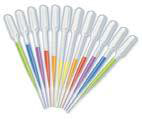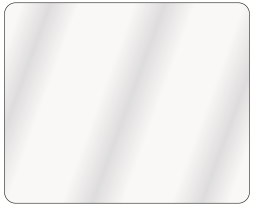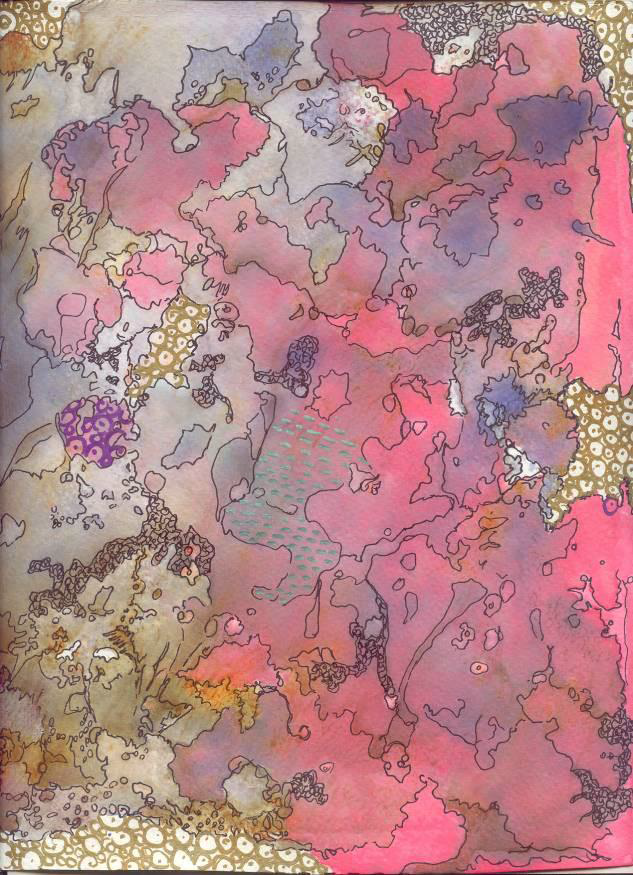Goal (Terminal Objective):
Students will create a multi-layered monotype which they will embellish with pen and markers.
Objective:
The students will create a multi-layered monotype in which they add drawing media to embellish the print.
National Standards:
Visual Arts Grades 9-12 Content Standard 1: Understanding and ApplyingMedia,Techniques andProcesses
Visual Arts Grades 9-12 Content Standard 2: Using Knowledge of Structures and Functions
Visual Arts Grades 9-12 Content Standard 3: Choosing and EvaluatingSubjectMatter, Symbols and Ideas
Visual Arts Grades 9-12 Content Standard 5: Reflecting and Assessing theCharacteristicsand Merits of Their Work and the Work ofOthers
Purpose:
The students will learn to create a monotype.
New Vocabulary:
Monotype, plate, print, embellish, reverse image
Materials:

#22-6010 Washable Watercolor Magic

#22-1001 Plastic Eyedropper Pipette Assortment

#22-1506 6 ct. Metallic Medium Point Peggable Carton Markers

#22-1112 12 ctWatercolor Crayons

#22-0501 White Board

#56-3015 4 ct. Jumbo Flat Assorted Set (all paints and watercolors)

#22-1565 4 ct. Black Fine Bullet Tip Permanent Markers
Printing paper, Brayers, Windsor Newton “Aquapasto” or dish washing detergent, newspapers. Masking or packing tape. Foam plates to use as palettes
Time:
3-4 (45 minute periods)
Introduction and Motivation (Set):
Teacher leads a discussion on the uniqueness of a monotype, a one-of-a-kind print.In this process water-based medium will be incorporated to create depth through several layers of printing.
Teacher may present examples of monotypes that were produced by Castigilone, Rembrandt, Degas, Matisse, Picasso or Jasper Johns.
Teacher will display examples of monotypes that have been embellished with various drawing media. The teacher will draw attention to the way that pattern creates a visual rhythm throughout the print.
Instruction:
Teacher directs discussion about the process of layering darker colors on lighter ones to create layers of prints images. Teacher demonstrates monotype process.
Teacher prepares the classroom for a convenient and efficient printing environment.
Activities:
(1) Guided Practice:
- Students will place a border of tape around the edge of the lap board. This will create a margin for the print. Student will then coat the lap board with a thin layer of either “Aquapasto” or dish washing detergent and allow it todry.
- Students will use diluted watercolor, light colors first, to paint on the lap board. Two or three colors may be used in any abstract design. Student will place the paper over the board and, using hand or a clean brayer, rub the back of the paper to transfer the paint from the plate (lap board) to thepaper.
- Students will continue to add darker or different colors of paint to the plate and print on top of the previous monotype. Students will print three to four consecutive layers to produceone print. Students can work two or three prints at a time, especially using the second print from the plate, or “ghost” print.
- When the print is dry, students will use fine tip markers and/or Sargent Liquid Metallic Markers to embellish the print. Shapes found in the print can be outlined, pattern can be added to negative or weak areas, or some form of writing or journaling can be used to enrich the printed surface.
(2) Independent Practice and Check forUnderstanding: Teacher circulates among the working students visually recording students demonstrating understanding of the objectives, asking direct questions when understanding isn’t observable, and asking peers to critique each other. Teacher helps and reinforces students as theywork.
(3) Closure: Students display theirwork.
Evaluation:
Use teacher or class critiques to evaluate particularly strong works and strong qualities within works.
Level One — The finished monotype clearly expresses a strong aesthetic feeling. There is evidence of the depth and layering of multi monotype prints. The embellishment is creative and interesting. The student used the materials appropriately to create an interesting visual message. Craftsmanship is excellent.
Level Two — The finished monotype expresses an aesthetic feeling. There is evidence of the depth and layering of multi monotype prints. The embellishment is interesting. The materials were used appropriately. Craftsmanship is good.
Level Three — The finished monotype attempts to create an aesthetic feeling. The evidence of depth and multi-layering is confusing. The embellishment has limited success. The student attempted to use materials appropriately. Craftsmanship is variable.
Level Four — The finished monotype does not express an aesthetic feeling. There is no evidence of depth or multi-layering. There is little or no success with embellishment. The student used the materials inappropriately. Craftsmanship is poor.
Extension:
Multi-layered prints could be used as a background for poetry, drawing, or journaling.
Resources:
Ayers, Julia, Monotype, Medium and Methods for Painterly Printmaking, (Watson-Guptill), 1991 Diehn, Gwen, Simple Printmaking, a beginners Guide to Making Relief Prints,(Lark Books), 2000 Henning, Roni, Water Based Screenprinting Today, (Watson-Guptill), 2006
Martin, Judy, The Encyclopedia of Printmaking Techniques, (Sterling Publishing Co), 2002 Peterson, Melvyn and Gale, Colin, The Instant Printmaker, (Watson Guptill), 2003 Stobart, Jan, Printmaking for Beginners, (Watson-Guptill),2005
www.monotype.com (This is the best one which will lead you to other sites.)
http://www.collectorsguide.com/fa/fa042.shtml
http://en.wikipedia.org/wiki/Monotyping
Art Consultant



